House Inspections by Carsten René Nielsen of Aarhus, Denmark, translated by David Keplinger, is a collection that the poet himself calls surrealist, but readers will find them poignant and truthful as well. The collection includes not only the original prose poems in Danish, but also the English translations Keplinger did in collaboration with the poet. David Keplinger introduces the collection with: “It was in this place of natural beauty and order that we set to work on Nielsen’s poems of the neighborhood, rich in imagery of human interaction, comedies of errors, unanswerable questions, an Escherlike world of dark cellars, blind alleys, tenements and fitting rooms.” (page 7) There is definitely a dark, blind alley in each of these poems — like “Fitting Room,” “Steps,” and “Wistfulness” — that the narrator leads readers to before springing the unexpected upon them. In many ways, these surprise endings remind me of the one sentence endings of some Anita Shreve novels that change the entire story in a moment.
One stellar poem in the collection is “Reading,” in which the narrator calls attention to something amiss in the text, but does not reveal what it is. By the end of the poem, it is clear that the one giving the reading does not mean what s/he says. “the lips don’t move in full accord with what is actually said.” (page 17) While the thing that is amiss or the actual context of the situation remains a mystery, readers can easily connect with the realization that something that was thought to be true is not. A running theme in many of these poems is the careful inspection or observation of the players or the scene to uncover what is “wrong” with the situation or what is unusual about it. There is always someone watching or the feeling of being watched, like in “Theater.”
There also are a few poems that examine the passing of time and aging in such a unique way that readers may have to take a moment and revisit these poems to truly see the underlying meaning. “Book” is an interesting look at what we look for in the books that we read — a reflection of ourselves — and how it puts us on edge that someone will turn the page on us. There is that sense of fear in all of us that our lives are beyond our control or that the choices we’ve made are not appropriate. In “Birthday,” life burns on its own and cannot be doused by minor events, and in many ways Nielsen is suggesting (without saying it) that life goes on even if events happen that are unplanned or even when they are planned.
Beyond the serious nature of some of these poems, House Inspections by Carsten René Nielsen also has a playful side in which shirts are turned into birds escaping from cages. The collection tackles life’s biggest issues about mortality and enjoying the moments of life we have as we live them, not as they lie in the past. Another collection that could be considered for the best of list.
About the Poet:
Carsten René Nielsen is a Danish poet. He has published nine books of poetry in Danish and received several fellowships from the Danish State Foundation for the Arts. Translations of his work have been published in The Paris Review, AGNI, Mid-American Review, The Mississippi Review, and in a collection of prose poems, The World Cut Out With Crooked Scissors (New Issues, 2007).


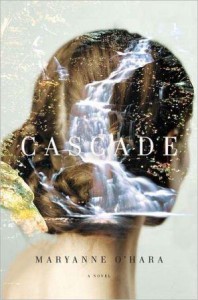
 About the Author:
About the Author:
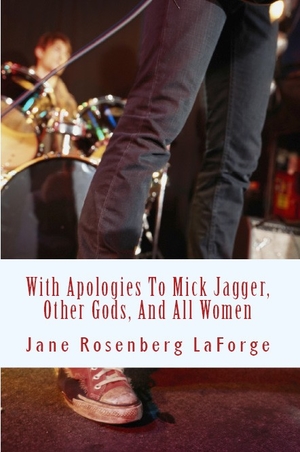
 About the Poet:
About the Poet:
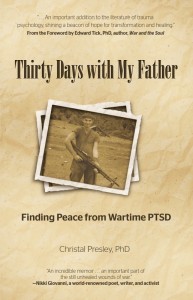
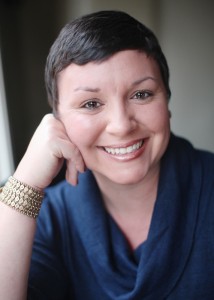 About the Author:
About the Author:
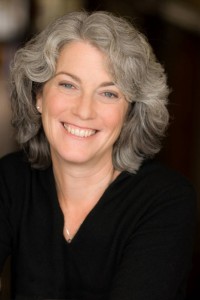 About the Author:
About the Author:
 About the Author:
About the Author:
 About the Author:
About the Author: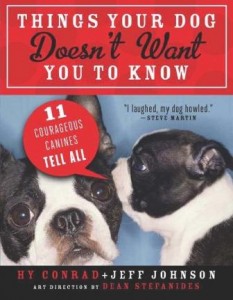
 About the Authors:
About the Authors: Out of True by Amy Durant, blogger at
Out of True by Amy Durant, blogger at 
 From the Land of the Moon by Milena Agus, translated from the Italian by Ann Goldstein, is the story of a young unnamed woman’s grandmother just at the end of WWII in Italy after the
From the Land of the Moon by Milena Agus, translated from the Italian by Ann Goldstein, is the story of a young unnamed woman’s grandmother just at the end of WWII in Italy after the 


